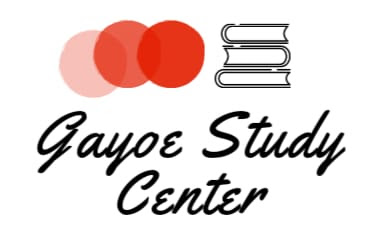Gayo Land refers to the highlands in Aceh, Indonesia, known for its production of the Gayo coffee, which is known for its high quality and...
Gayo Land refers to the highlands in Aceh, Indonesia, known for its production of the Gayo coffee, which is known for its high quality and distinctive taste. The Gayo people are indigenous to the area, and their culture and traditions play a significant role in the production of the coffee.
The Gayo highlands are located in the central part of the Aceh province on the island of Sumatra. The region is characterized by its mountainous terrain, abundant rainfall, and fertile soil, making it ideal for coffee cultivation. In addition to coffee, the Gayo people also cultivate other crops such as rice, maize, and vegetables.
The Gayo coffee is processed using traditional methods, which contributes to its unique flavor profile. It is known for its notes of chocolate, spices, and a hint of floral flavors, making it a favorite among coffee connoisseurs. The coffee is produced in small quantities, making it a premium product that commands a higher price in the market.
The Gayo people place great importance on preserving their culture and traditions, and this is reflected in their approach to coffee production. The coffee is grown using traditional methods, with a focus on sustainability and preserving the environment. This has earned the Gayo coffee recognition as a "Speciality Coffee" by the Specialty Coffee Association of America.
The Gayo people have a rich cultural heritage, with traditions that have been passed down through generations. Some of the significant traditions of the Gayo people include:
· Adat
ceremonies: The Gayo people observe several traditional adat ceremonies, which
are religious and cultural events that mark significant moments in the
community's life. These ceremonies involve music, dance, and feasting.
· Weaving:
The Gayo women are known for their traditional weaving techniques, and the
creation of intricate textiles using natural dyes. These textiles are used for
various purposes, including clothing, household items, and religious offerings.
· Coffee
production: Coffee production is a significant aspect of the Gayo culture, and
the traditional methods used to grow and process the coffee reflect the
community's values and beliefs.
· Ancestral
worship: The Gayo people place great importance on ancestor worship, and they
have traditional ceremonies and rituals to honor their ancestors and seek their
guidance.
· Storytelling:
The Gayo people have a rich oral tradition, with stories passed down through
generations. These stories serve as a means of preserving their cultural
heritage and imparting values to the younger generations.
These traditions play a vital role in the lives of the Gayo people, and they are carefully preserved and passed down to future generations. One of tradition clothes is Kerawang Gayo.
Kerawang is a traditional motif in Gayo weaving, which is an important part of the Gayo culture and heritage. Kerawang is a decorative element that is woven into textiles such as cloth and shawls, and it is considered an important part of the Gayo people's identity.
The kerawang motif is created using intricate weaving techniques and natural dyes. It typically features geometric patterns and abstract designs that are unique to the Gayo culture. The designs have symbolic meaning and often represent elements of the natural world or elements of the Gayo people's cultural beliefs and values.
Kerawang weaving is considered a form of art, and it is an important part of the Gayo people's cultural heritage. The production of kerawang textiles is a time-consuming process, but it is considered a labor of love and a means of preserving their cultural heritage. The textiles are used for various purposes, including clothing, household items, and religious offerings.
In conclusion, kerawang is a significant part of the Gayo culture, and it reflects the community's values, beliefs, and traditions. The intricate designs and intricate weaving techniques used to create kerawang textiles are a testament to the Gayo people's artistic abilities and cultural heritage.











COMMENTS